
Verizon is facing a $100.000 fine from the Federal Communications Commission (FCC) for allegedly violating its obligations to provide information about the accessibility of one of its services.
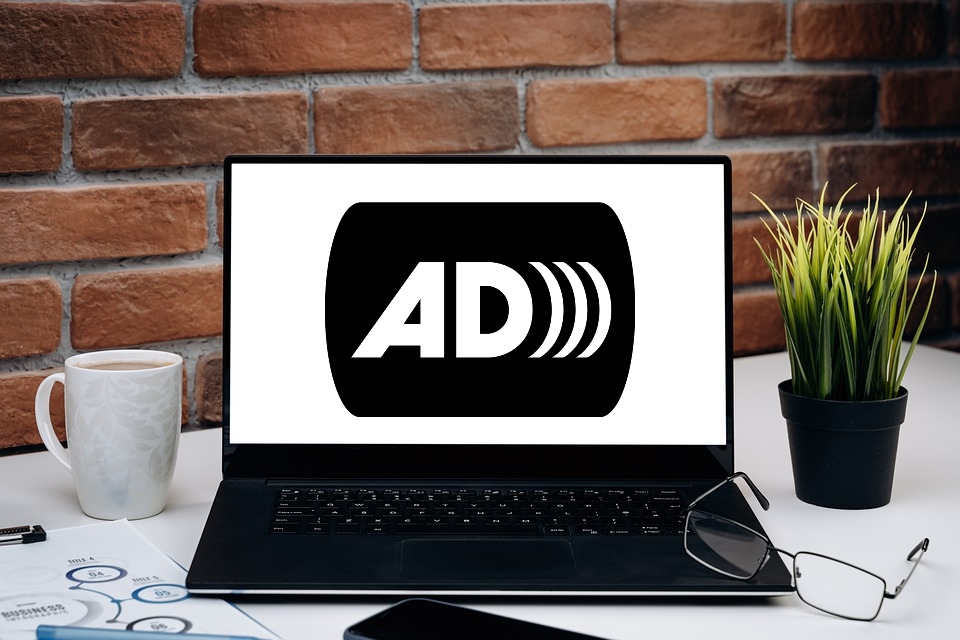
The FCC will hold a virtual event Video Programming Accessibility Forum – Online Audio Description The event will be held on March 28 (1 pm ET-3:45 pm ET), and it will look at the current status of audio description availability for video programming, looking at factors such as best practices and the most critical technical issues.

The Federal Communications Commission (FCC) fined Pluto TV & ViacomCBS $3.5 million for non-compliance with the captioning over the internet rules. This is the first action taken over an internet video provider regarding the violation of the internet protocol closed captioning rules. Pluto, besides failing to make the captions available, also failed in making contact information available for the reception and handling of captioning complaints.
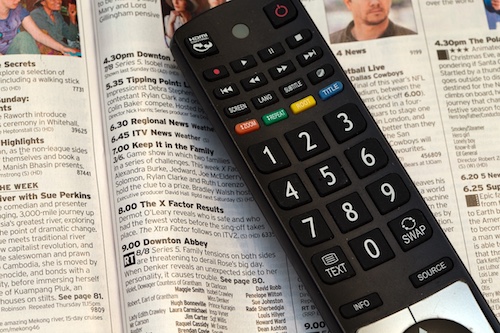
Last April, the Federal Communications Commission (FCC) published a WarnerMedia petition for a limited waiver of audio description requirements on behalf of its network TBS.

As of January 1, 10 more areas of the country are covered by the legal audio description requirements. Stations affiliated with ABC, CBS, Fox, or NBC in Knoxville, Little Rock-Pine Bluff, Dayton, Lexington, Tucson (Sierra Vista), Honolulu, Green Bay-Appleton, Des Moines-Ames, Roanoke-Lynchburg, and Spokane, must provide at least 87.5 hours of audio description per quarter in their programming.
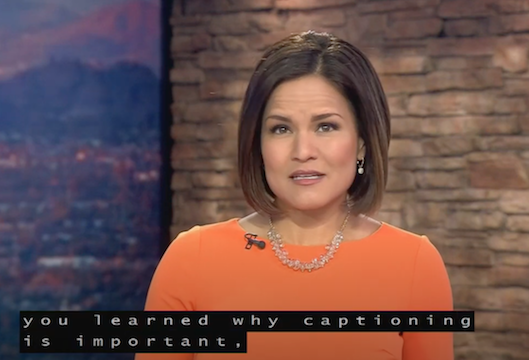
Last month, the Federal Communications Commission (FCC) Disability Advisory Committee released an Enhanced Electronic Newsroom Technique (ENT) Coordinator Toolkit to give broadcasting organizations guidance on the use of ENT to provide captions. This kit was created in English as well as Spanish.

Every three years, the Federal Communications Commission (FCC) updates the list of the five subscription television networks with the highest audience that are required to include audio description in part of their programming. This update is made to account for changes in television ratings as measured by Nielsen.
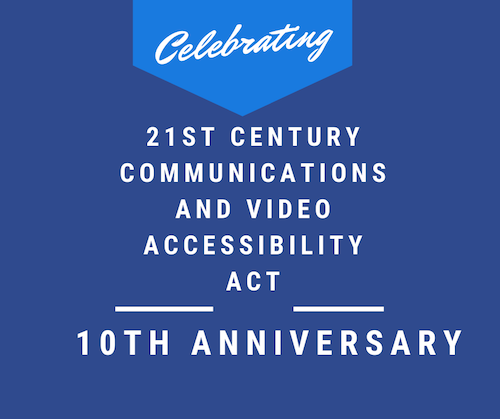
The Federal Communications Commission will celebrate the 10th anniversary of the 21st Century Communications and Video Accessibility Act (CVAA), and its importance in building a more accessible telecommunications world for people with disabilities, with a public program on October 8, 2020. The event starts at 2 p.m. ET and lasts 2 hours. It will be virtual and can be viewed online at www.fcc.gov/live.
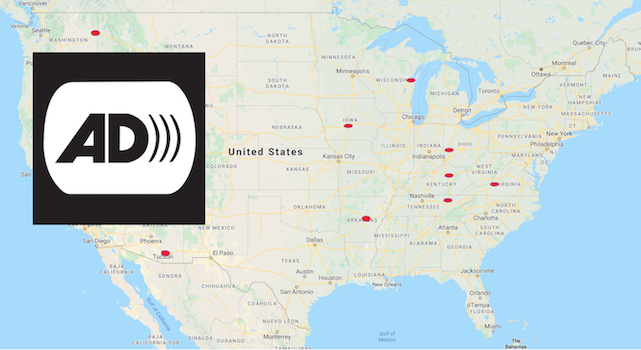
June 22, 2020, is the comment deadline for the Federal Communications Commission (FCC) proposal on expanding audio description requirements. As we mentioned in a previous article, each year for four years the FCC proposes to expand its video description regulations by phasing them in for an additional 10 designated market areas (DMAs), beginning on January 1, 2021.